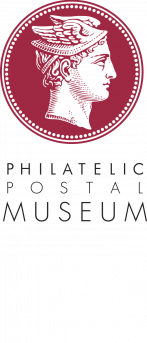ESPA
Project Owner: Ministry of Digital Governance – Operating Authority: Ministry of Digital Governance – General Secretariat of Telecommunications and Post
Contracting Authority / Beneficiary: Information Society S.A.
Budget: €913,198.00 (including VAT)
Project Scope
The project aimed to develop an integrated digital repository of knowledge and culture, including all philatelic exhibits and the historical archive of the Philatelic and Postal Museum (PPM). This digital repository is now publicly accessible online, benefiting the research, educational, and academic communities.
The main objectives were to digitize, create systematic electronic documentation, and produce digital educational materials using modern Information and Communication Technologies (ICT). The project was carried out in several phases:
- Digitization of philatelic exhibits, historical archives, and documents
- Development of a digital repository
- Creation of two educational applications (web and mobile)
- Supply of equipment
- Personnel training
- Promotion and publicity
Expected Benefits
The project has made the Museum digitally accessible to:
- Younger audiences: Engaging them through digital platforms and investing in future audiences.
- Tourists: Both Greek and foreign visitors can access the Museum’s website and stay informed through the digital applications.
- The general public: Offering online access to explore the PPM’s collections and digital repository remotely.
- Special groups: The academic and educational communities can study and research the Museum’s materials.
- Children: Featuring specially designed digital applications that engage them in the Museum’s activities and introduce them to its art forms.
- People with disabilities: All web applications comply with Web Content Accessibility Guidelines (WCAG) 2.1, with a minimum accessibility level of “AA”.
- Existing audiences: Re-engaging them with new material and applications, revealing aspects of the PPM previously unknown to many.





